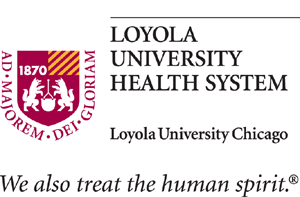Proximal Femur Locking Compression Plates Versus Trochanteric Nails
| Status: | Archived |
|---|---|
| Conditions: | Orthopedic |
| Therapuetic Areas: | Orthopedics / Podiatry |
| Healthy: | No |
| Age Range: | Any |
| Updated: | 7/1/2011 |
| Start Date: | May 2011 |
| End Date: | September 2013 |
Treatment of Reverse Oblique Intertrochanteric or Subtrochanteric Fractures With a Proximal Femur Locking Compression Plate (PF-LCP, PF-LCP Hook Plate, PeriLoc) or Trochanteric Nails. A Multicenter Cohort Study
The purpose of this study is to compare the abductor muscle strength measured with a
dynamometer in patients with reverse oblique inter- or subtrochanteric fractures treated
either with a proximal femur locking plate or a trochanteric nail.
"Proximal femur locking plates" stands for both the PF-LCP (Synthes) and the PeriLoc (Smith
& Nephew). Trochanteric nails allowed in this study are the Proximal Femoral Nail
Antirotation (PFNA), the Titanium Trochanteric Fixation Nail (TFN) and the Gamma Nail (GN).
We found this trial at
4
sites
Click here to add this to my saved trials
Click here to add this to my saved trials
Click here to add this to my saved trials
Click here to add this to my saved trials
